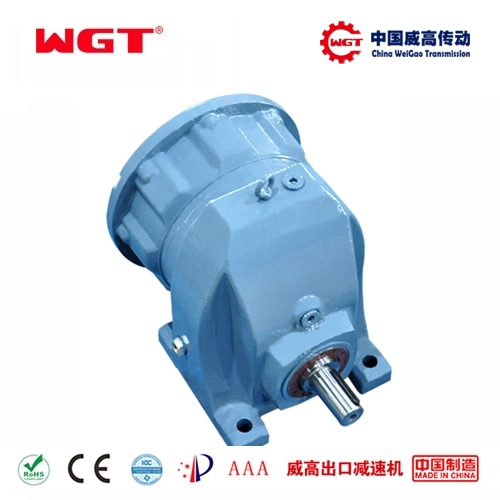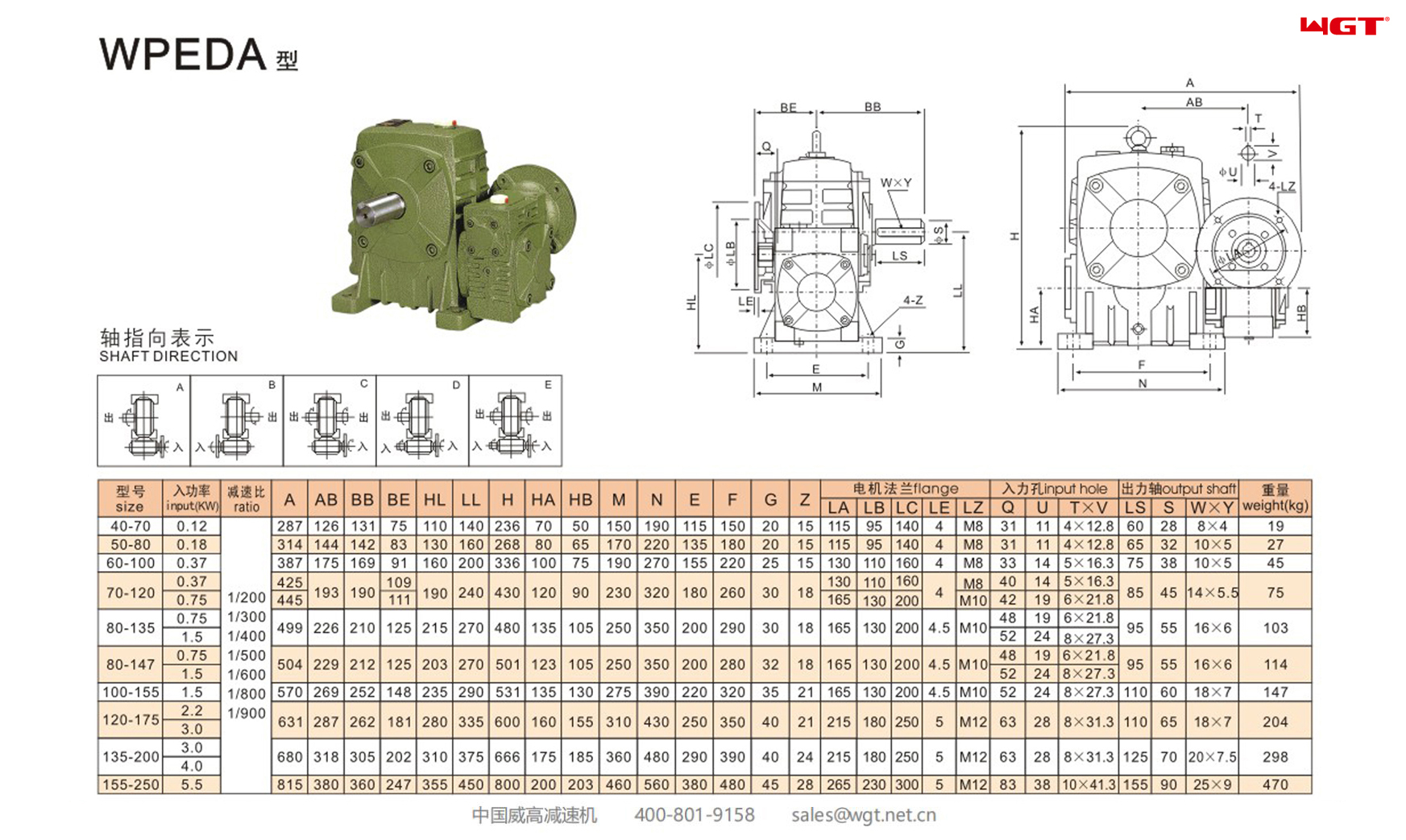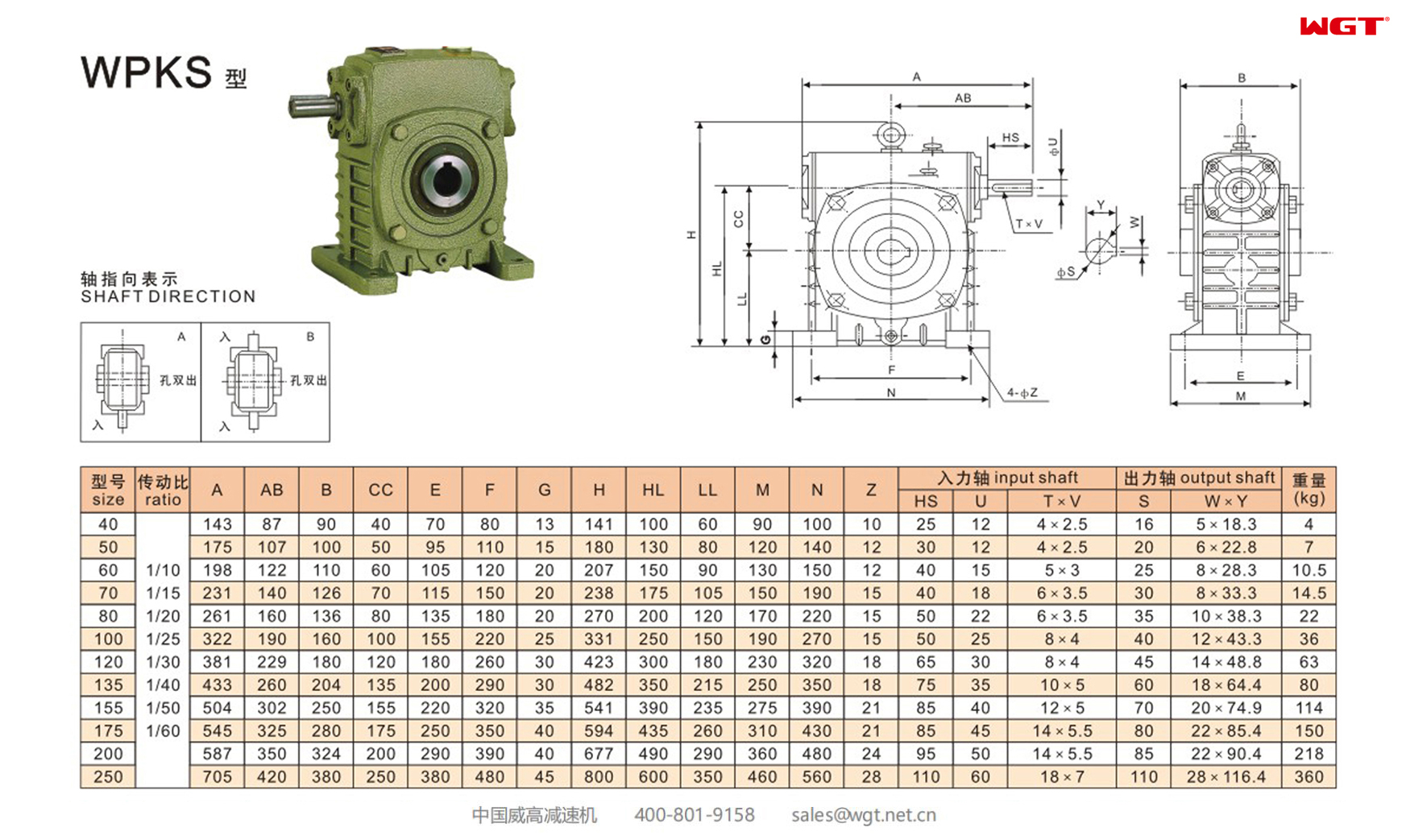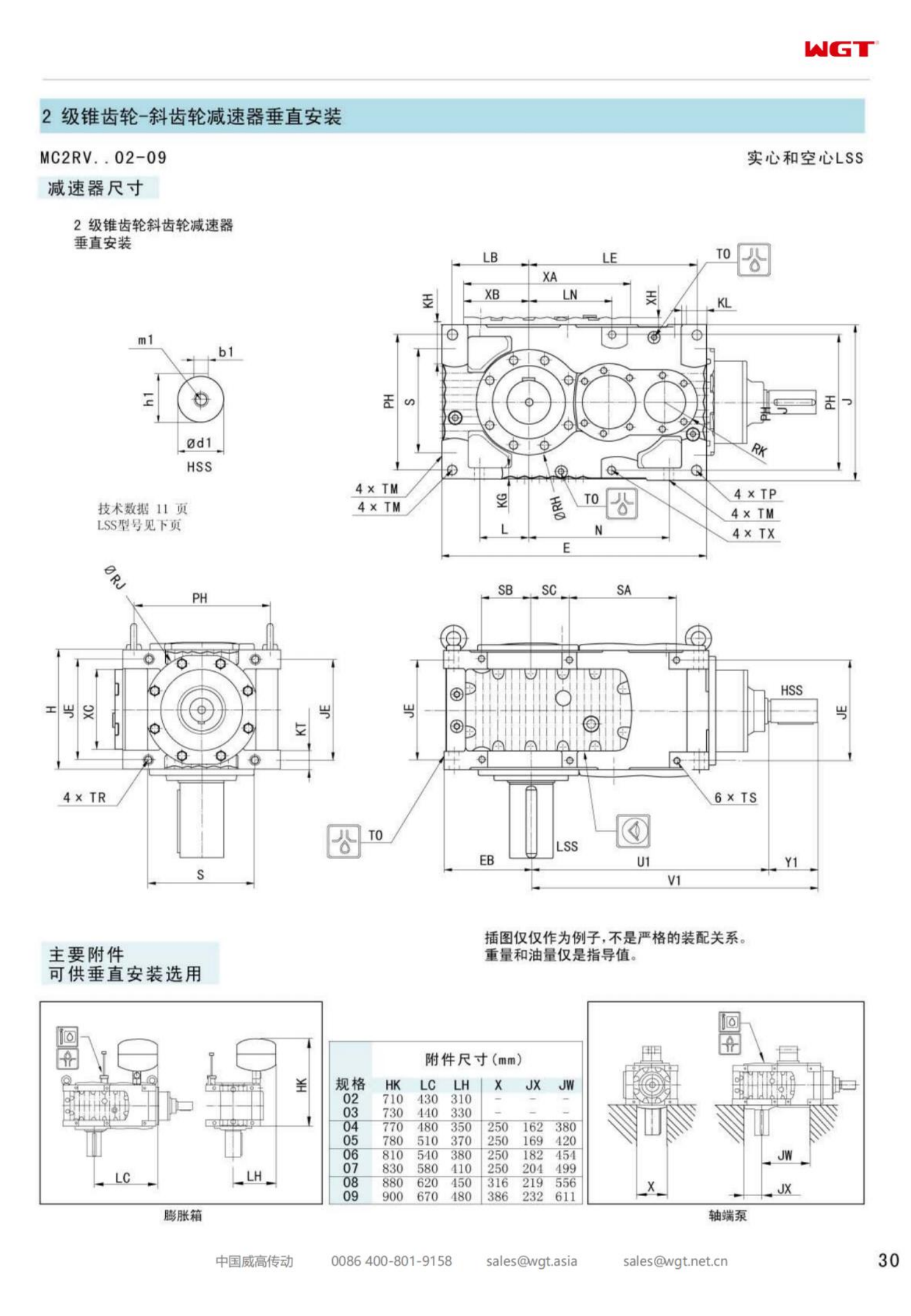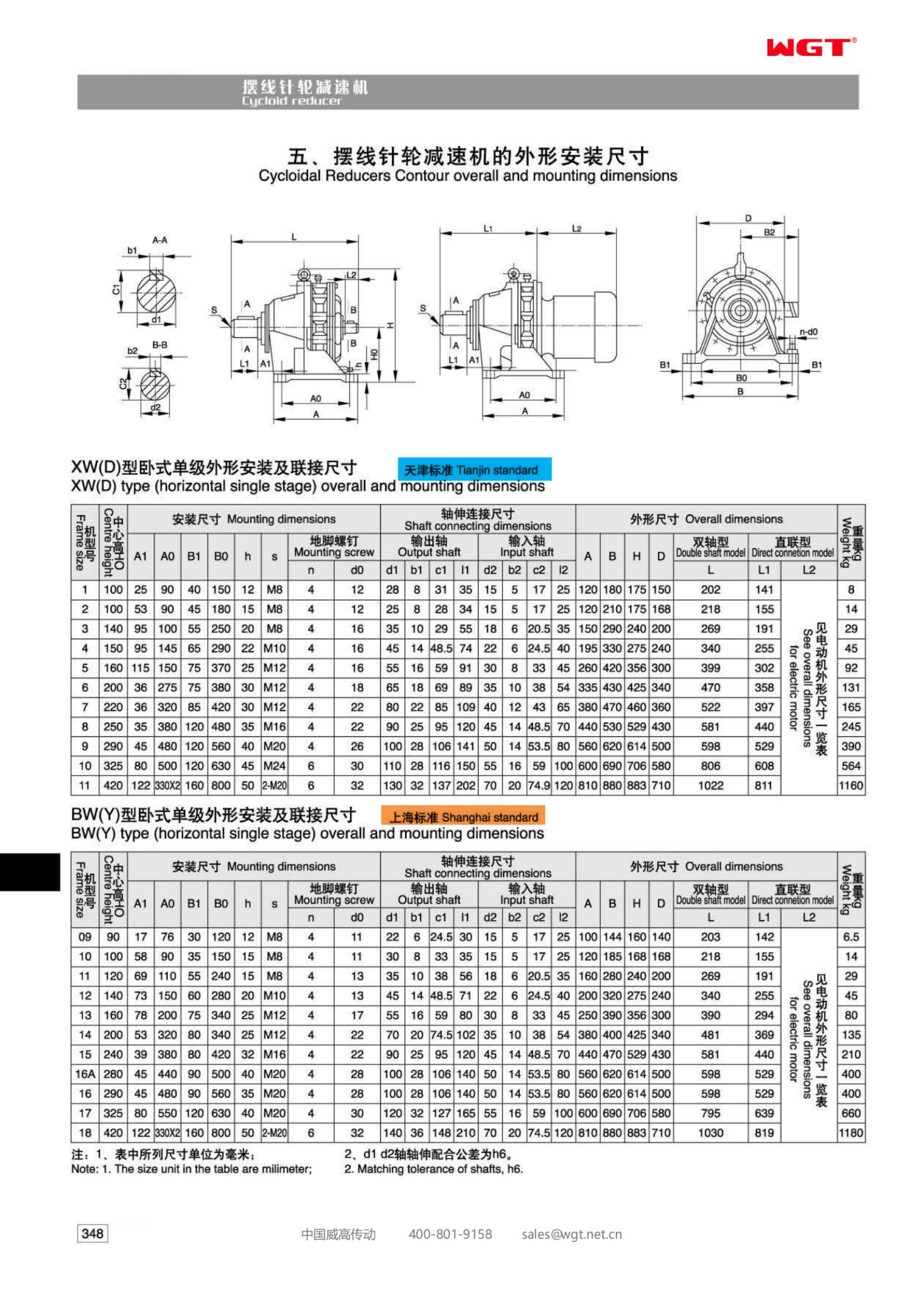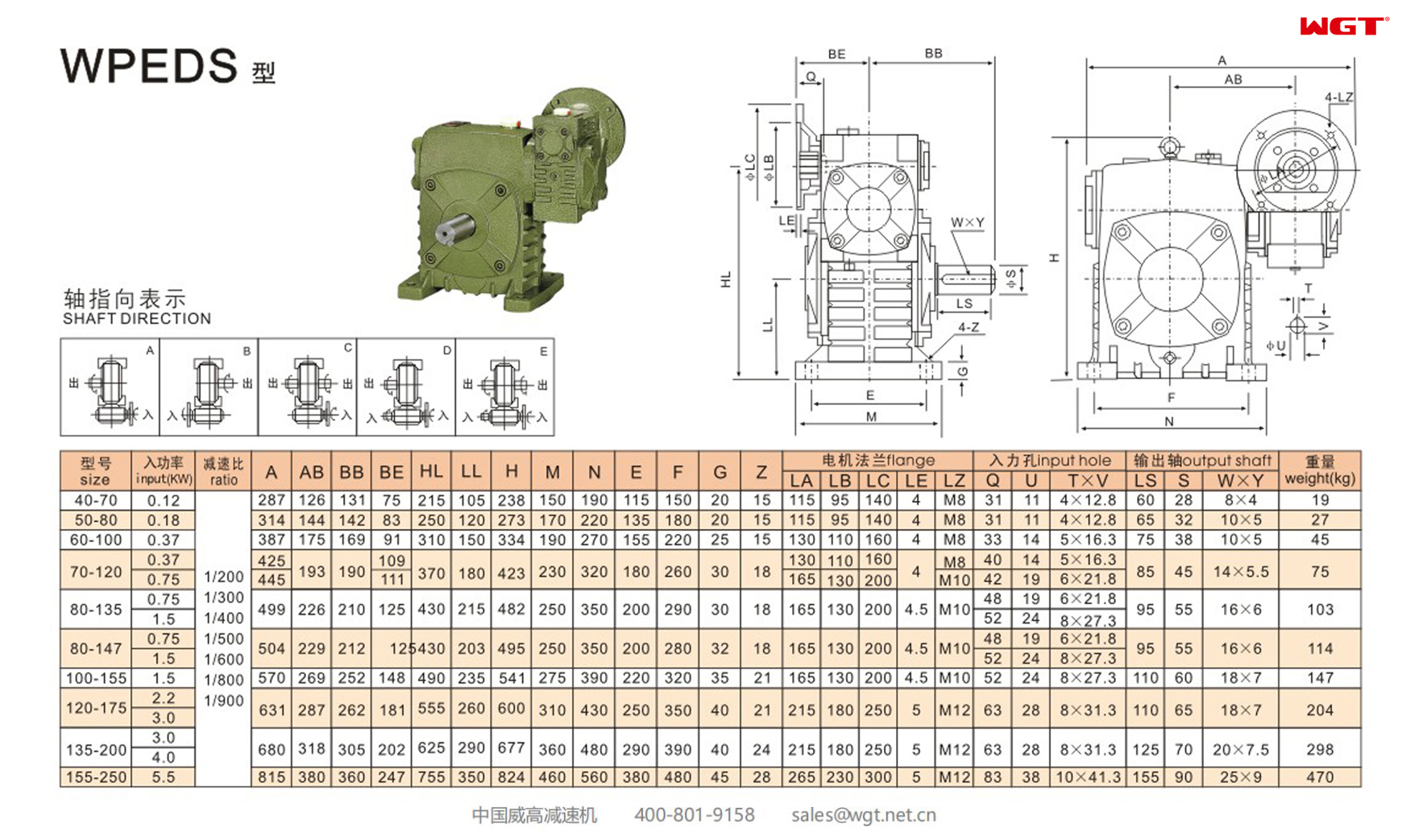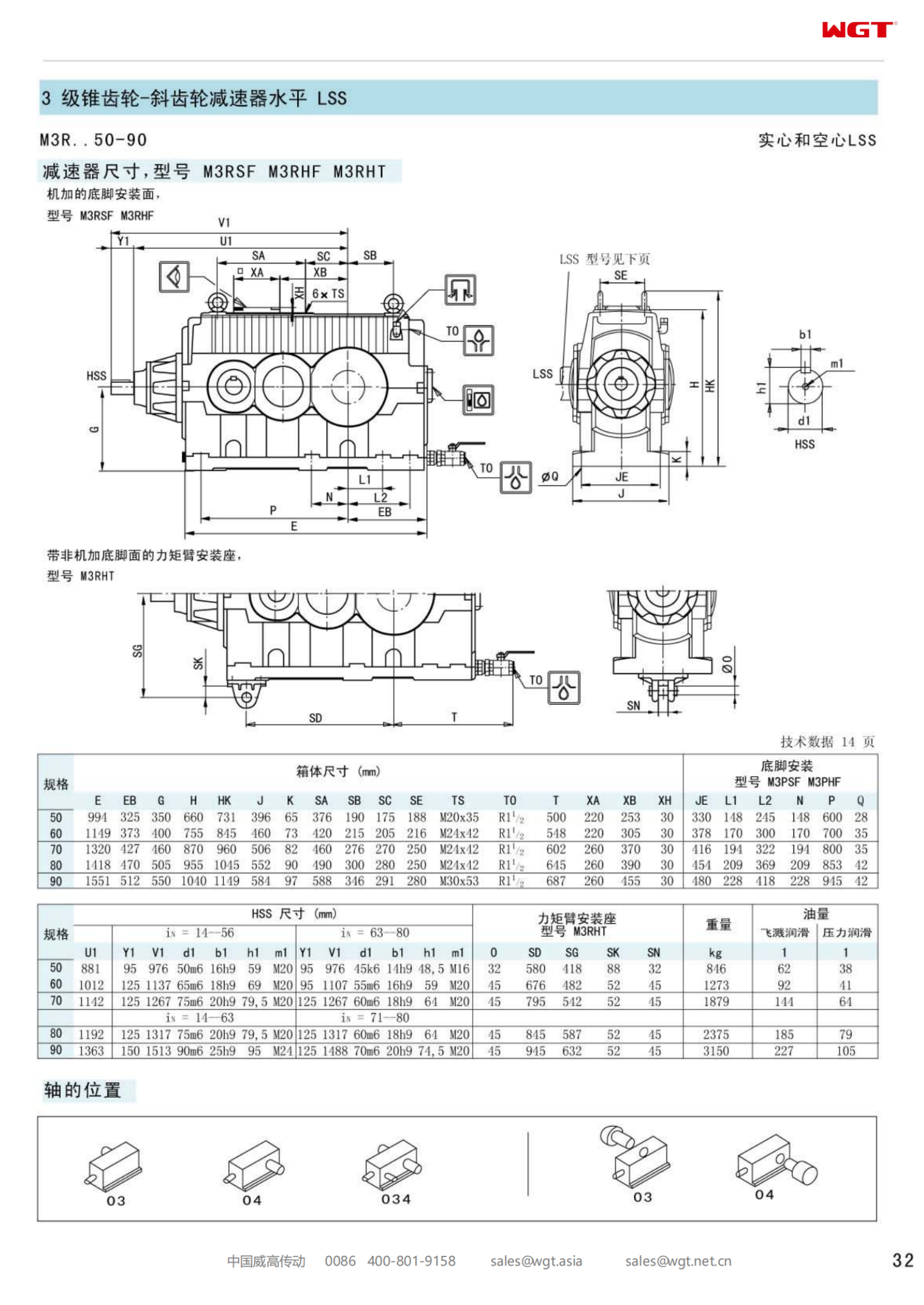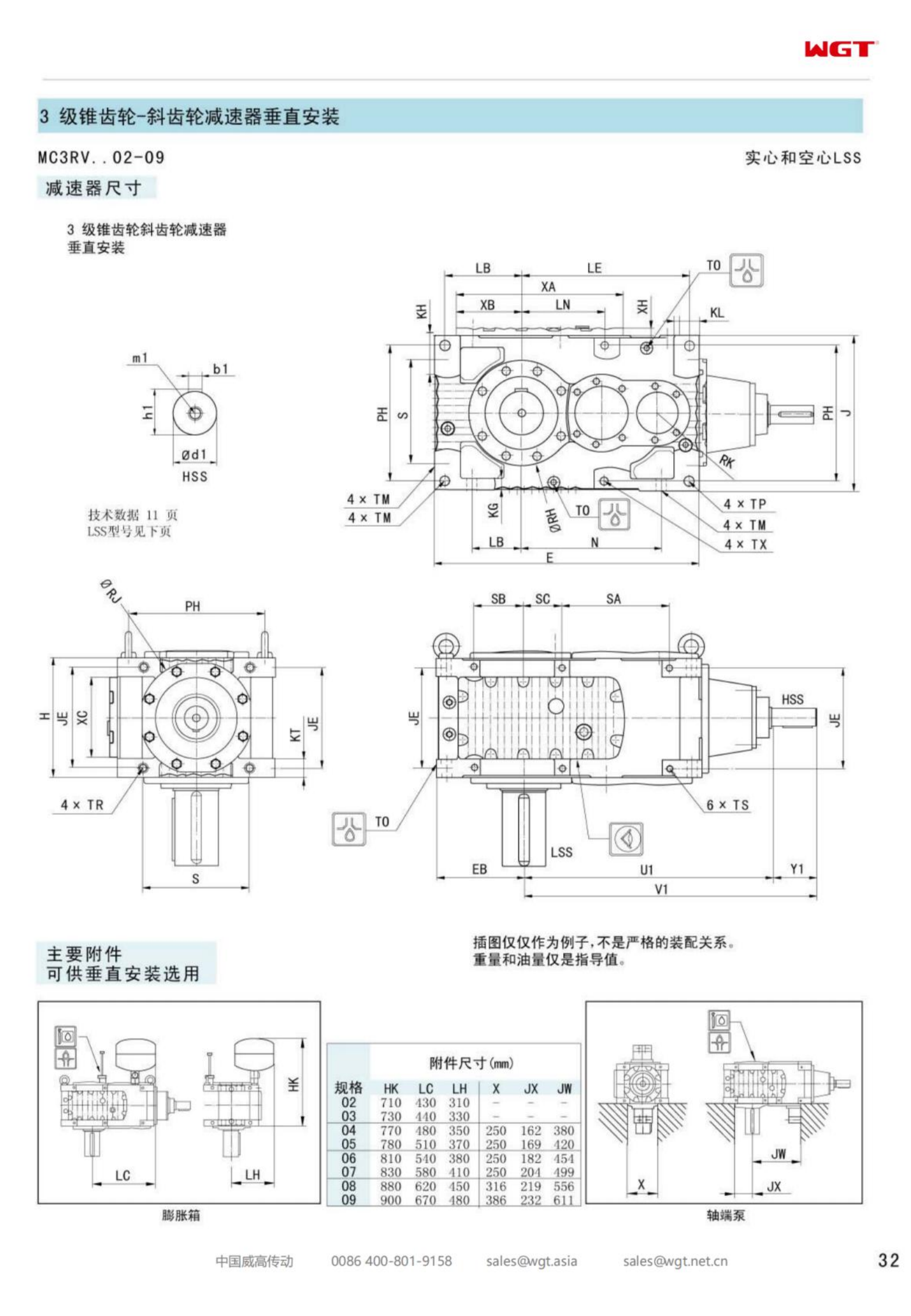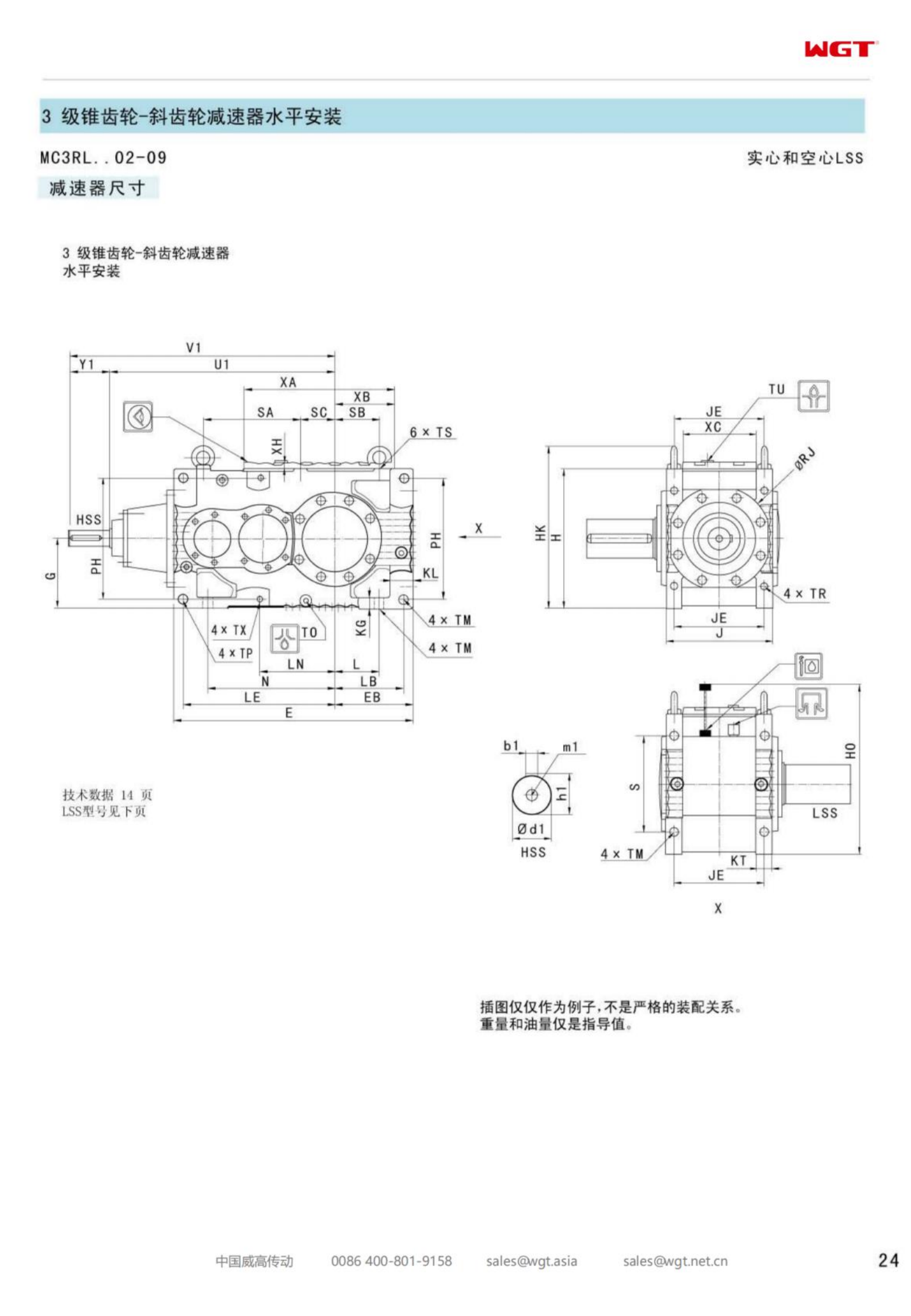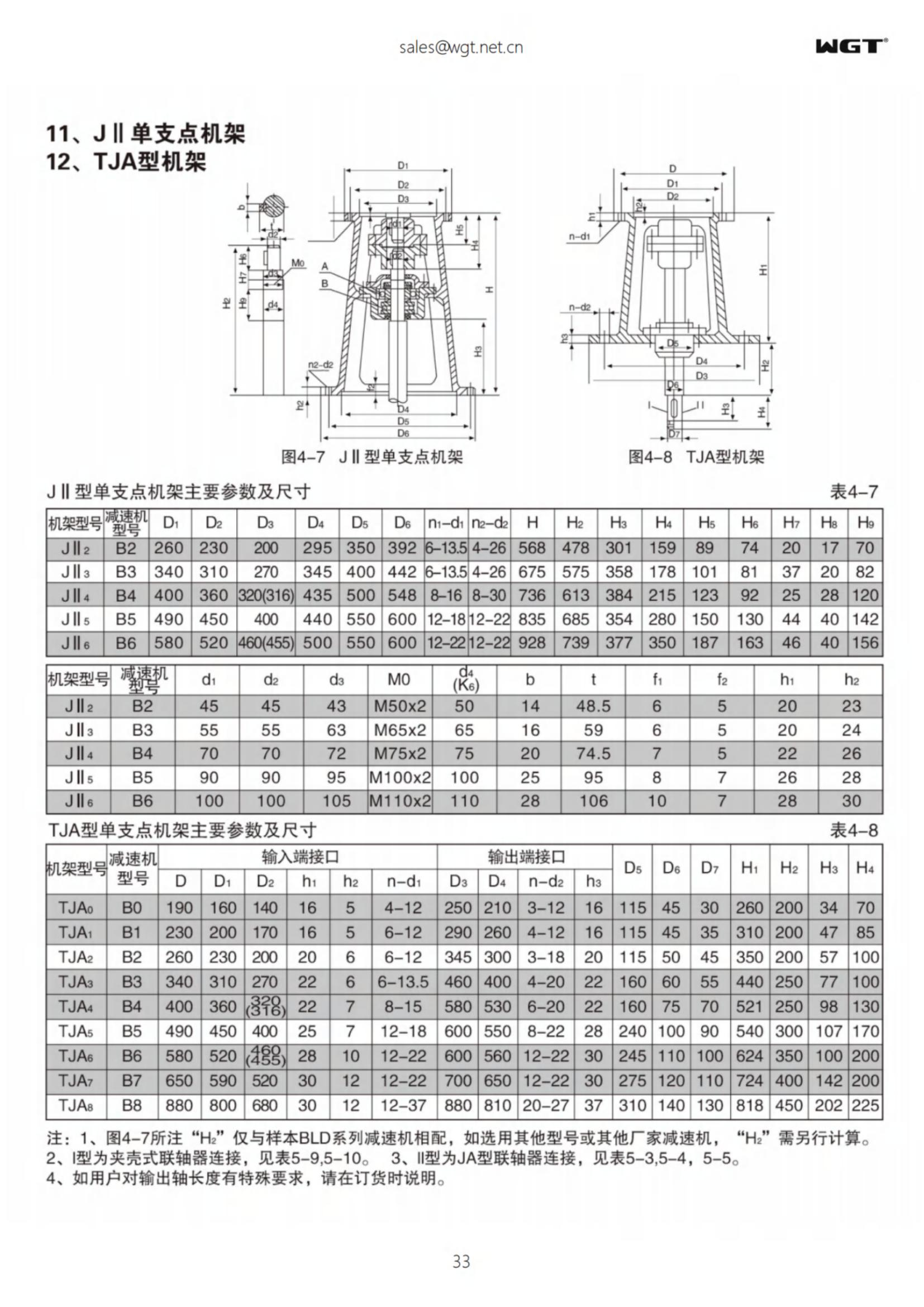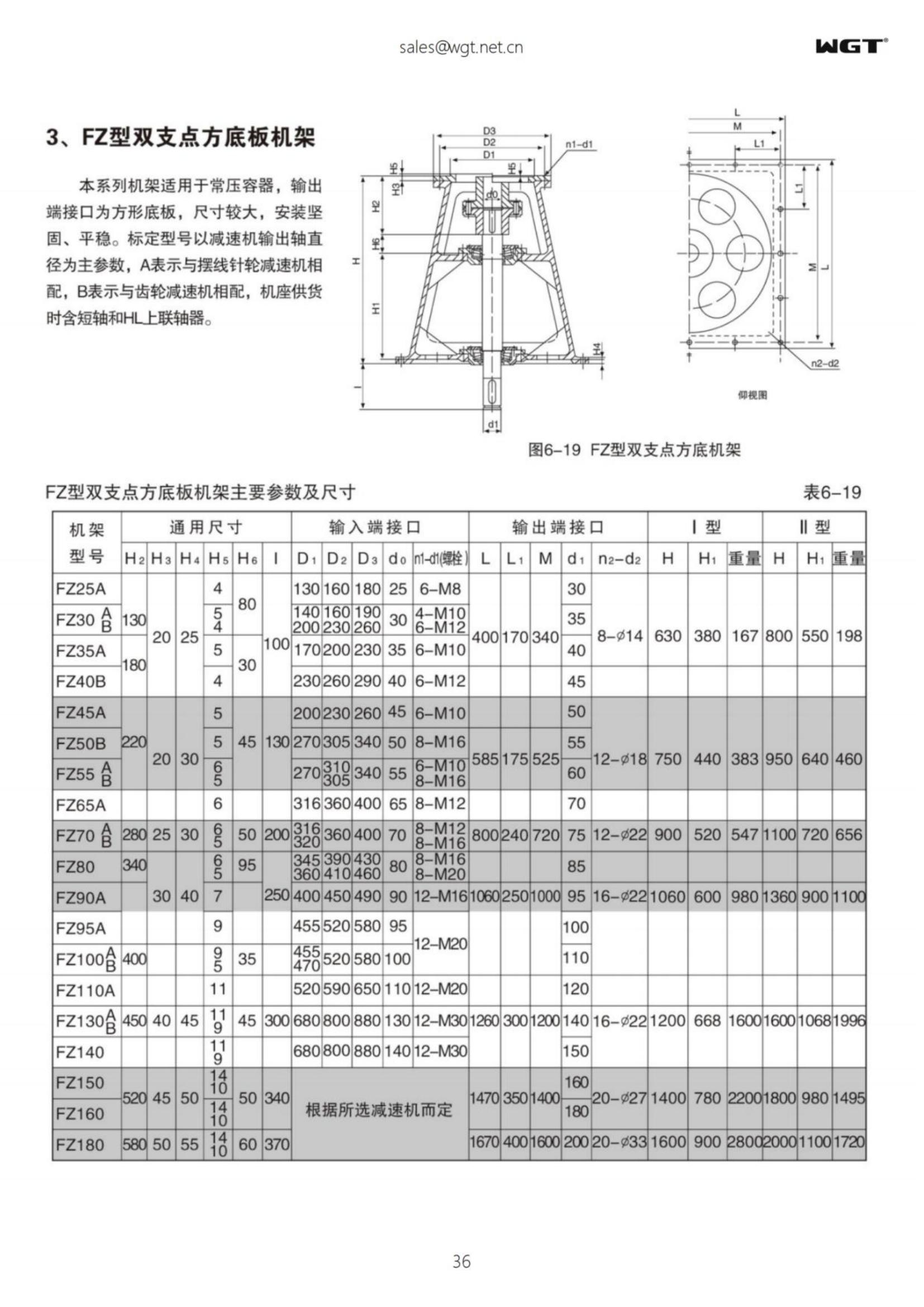- Home
- About Us
- Products
- R series helical gear reducer
- S series helical gear worm reducer
- K series helical bevel gear reducer
- F series parallel shaft helical gear reducer
- HB series industrial gearbox
- P series planetary gear reducer
- WP series worm gear box
- NMRV series aluminum shell reducer
- B/X cycloid reducer
- ZQ ZD ZL ZS soft tooth surface cylindrical gear reducer
- ZSY ZLYJ DBY QJ ZD DC medium hard tooth surface cylindrical gear reducer
- T series spiral bevel gear reducer
- SWL JW JWB JWM series worm screw jack
- YHJ series non-gravity mixer special reducer
- SMR series shaft mounted reducer
- AC motor
- IEC Standard Motor
- RKSF series reducer high-efficiency motor
- GLF series high efficiency three-phase asynchronous motor
- High-efficiency three-phase asynchronous motor for YSF series axial fans
- Y2(YS YX3 MS) aluminum cylinder series high efficiency three-phase asynchronous motor
- Four series of high-efficiency motors
- YC_MC series single-phase capacitor start asynchronous motor
- YE3 series ultra-high efficiency three-phase asynchronous motor
- YL_ML series double-value capacitor single-phase asynchronous motor
- YY(MY) series single-phase capacitor run asynchronous motor
- generator set
- Coupling
- Search Classes by Model
- [China Optical Network Supply Chain]CNFIBERNET
- Production Strength
- 3D selection system
- Electronic Catalogue
- News
- After-sale service
- FAQ
- Global case
- Online Message
- Contact Us













